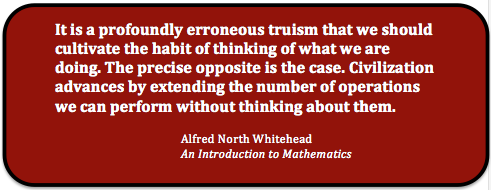What the Tough Mudder can teach you about biz dev.
I recently talked with a friend who completed a Tough Mudder. For those of you who aren’t familiar, a Tough Mudder is a 10-12 miles obstacle race through a variety of obstacles (such as sprinting through a field of live wires) and, you guessed it, lots of mud. Aside from the obstacles, two aspects of Tough Mudder are legendary: the focus on teamwork (“no mudder left behind”) and on overcoming fears through the obstacles. And it’s definitely tough—or so I hear since it isn’t exactly my cup of tea.
Here’s what my friend told me that made me think of the business development journey: “I came to appreciate the obstacles because every time I made it through one, I knew I was that much closer to the end. When I was in the middle of it, I couldn’t really tell how far I’d gone or how much I had left to the finish line, but the obstacles helped me know that I was actually making progress.” It’s a useful lesson.
Here’s what the Tough Mudder can teach you about business development:
- Approach the race as a marathon, not as a sprint. Although the Tough Mudder is “just” 10-12 miles long, expecting to whip through it would be a huge mistake even if you run that distance every weekend. Likewise, business development will last for the rest of your private practice career, and you’ll run ragged if you behave as if it’s a goal to be conquered in the short term. Keep your eye on the long-term view even while working to overcome each immediate obstacle.
- Overcome your fears. I have yet to meet a lawyer who built a book without having to face difficult and uncomfortable situations. You need grit and consistency to power through those situations just as you do during the Tough Mudder to jump from a tall platform into ice-cold water and then run to climb a scaffold and slide down a pole through a ring of fire.
- Realize that you can’t do it alone. To succeed in building a successful practice, you’ll need help from mentors and colleagues who can give you suggestions and feedback, professional friends who can make introductions and open doors for you, and referral partners who can help you meet the right contacts and potential clients. It’s very difficult, if not impossible, to succeed alone—and you’d be wise to be invested in your teammates’ success as they are in yours.
- Take the steps necessary to prepare. Training for the Tough Mudder might include cardio, weight lifting, and bodyweight exercises, along with finding out the best clothes to wear during the race and other “real life” tips. Preparing for business development may include designing your strategy and laying your business development plan, improving certain skills (networking skills, for example), learning about general principles of marketing, studying your target client’s likely concerns and goals, learning more about business principles, and so on. Whether it’s a Tough Mudder or business development, you can’t expect to go from zero to win without significant preparatory work.
- Have a clear objective in mind. In most races, your time is your measure of success; in Tough Mudder, success might be measured in terms of your teamwork or even by overcoming the one obstacle that terrified you. Your personal definition of success should govern your business development efforts as well. You’ll likely approach business development differently if you want to become an equity partner at a large firm than you would if you want a more lifestyle-oriented practice. Knowing your “why” will let you be sure that you’re working to create the kind of success that matters to you.
- Decide that you will succeed. Whether it’s the Tough Mudder or building a clientele to support your practice, you will hit obstacles—literal and metaphorical. It won’t be easy. At times you’ll wonder why you started this journey and you’ll consider abandoning it. Only your decision to persevere will keep you from giving up. Decide early and don’t look back.
Whether you’re training for a Tough Mudder or (like me) can’t imagine taking on that challenge, absorbing these lessons will help you build a successful practice. What else would you add?



